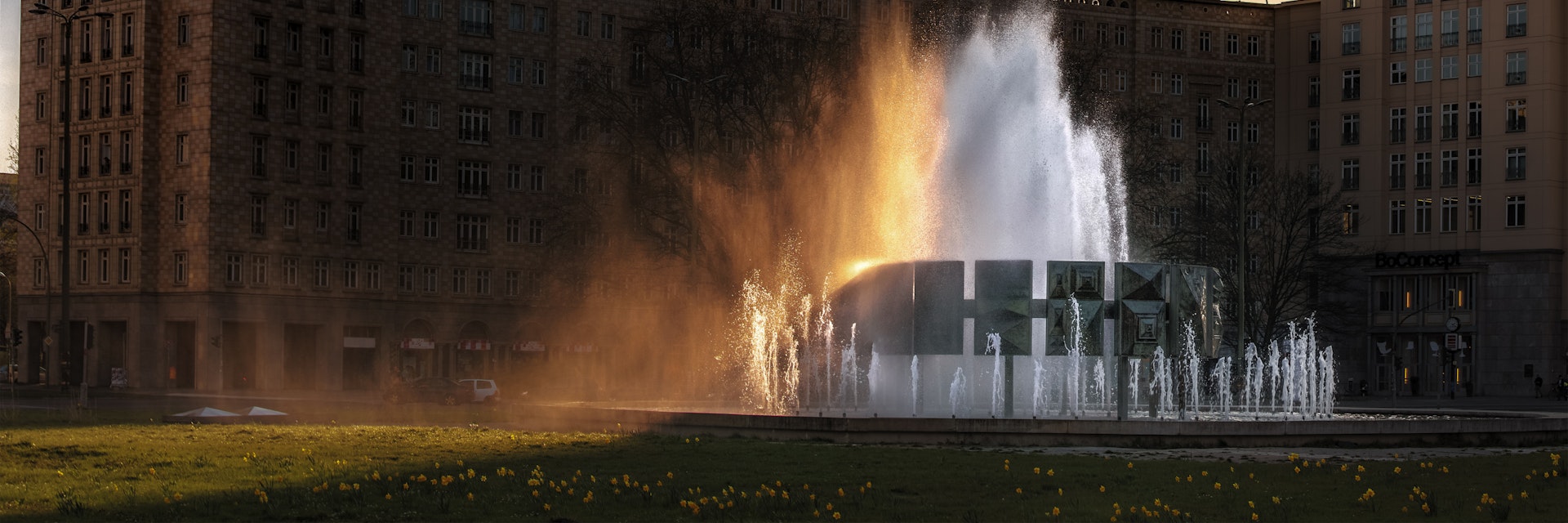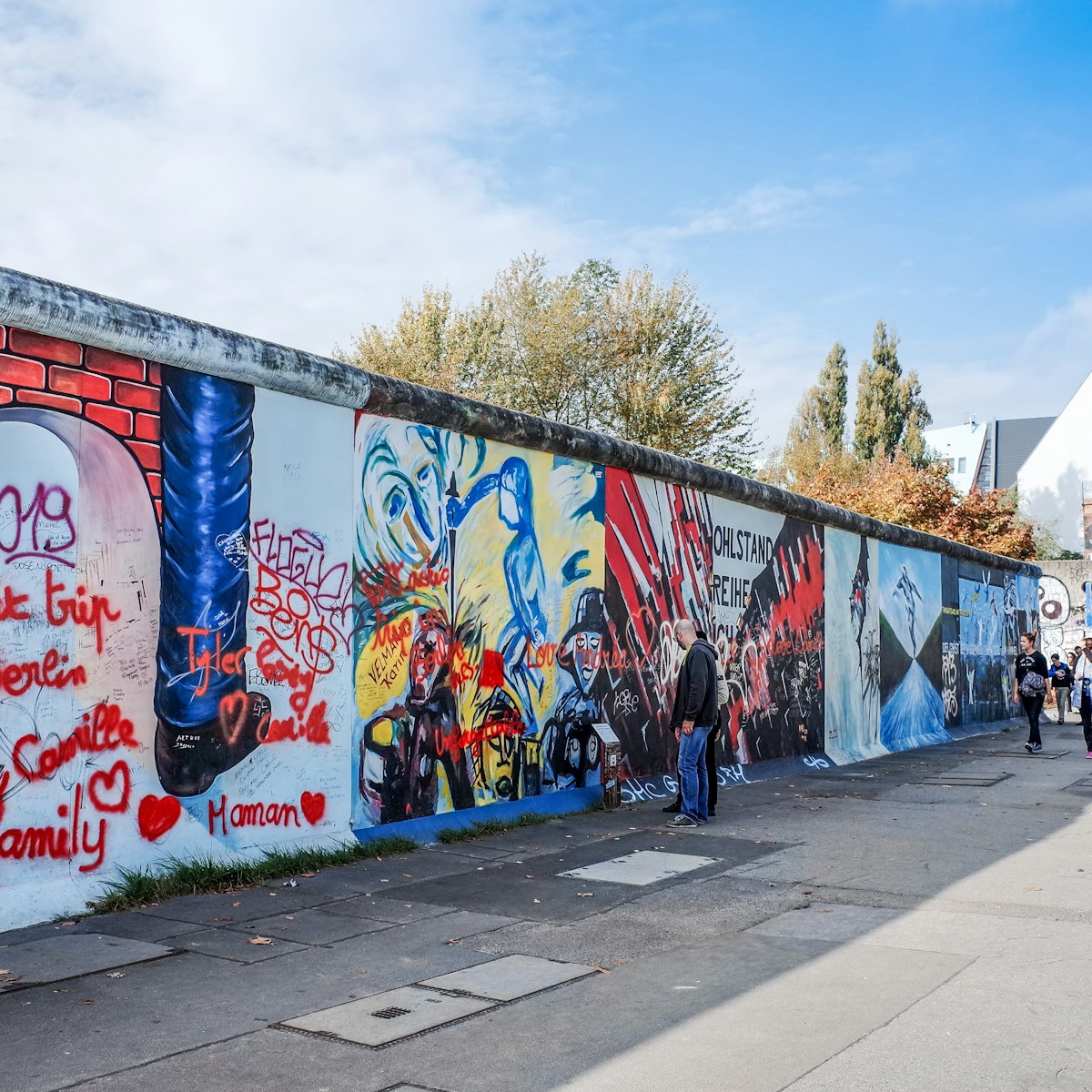It’s easy to feel like Gulliver in the Land of Brobdingnag when walking down monumental Karl-Marx-Allee, one of Berlin's most impressive GDR-era relics. Built between 1952 and 1960, the 90m-wide boulevard runs for 2.3km between Alexanderplatz and Frankfurter Tor and is a fabulous showcase of East German architecture. A considerable source of national pride back then, it provided modern flats for comrades and served as a backdrop for military parades.
Some of the finest East German architects of the day (Hartmann, Henselmann, Hopp, Leucht, Paulick and Souradny) collaborated on KMA's construction, looking to Moscow for inspiration. There, Stalin favoured a style that was essentially a socialist reinterpretation of good old-fashioned neoclassicism. In East Berlin, Prussian building master Karl Friedrich Schinkel was the stylistic godfather, rather than Walter Gropius and the boxy modernist aesthetic embraced in the West.
Living here was considered a privilege; in fact, for a long time there was no better standard of living in East Germany. Flats featured such luxuries as central heating, lifts, tiled baths and built-in kitchens; facades were swathed in Meissen tiles.








